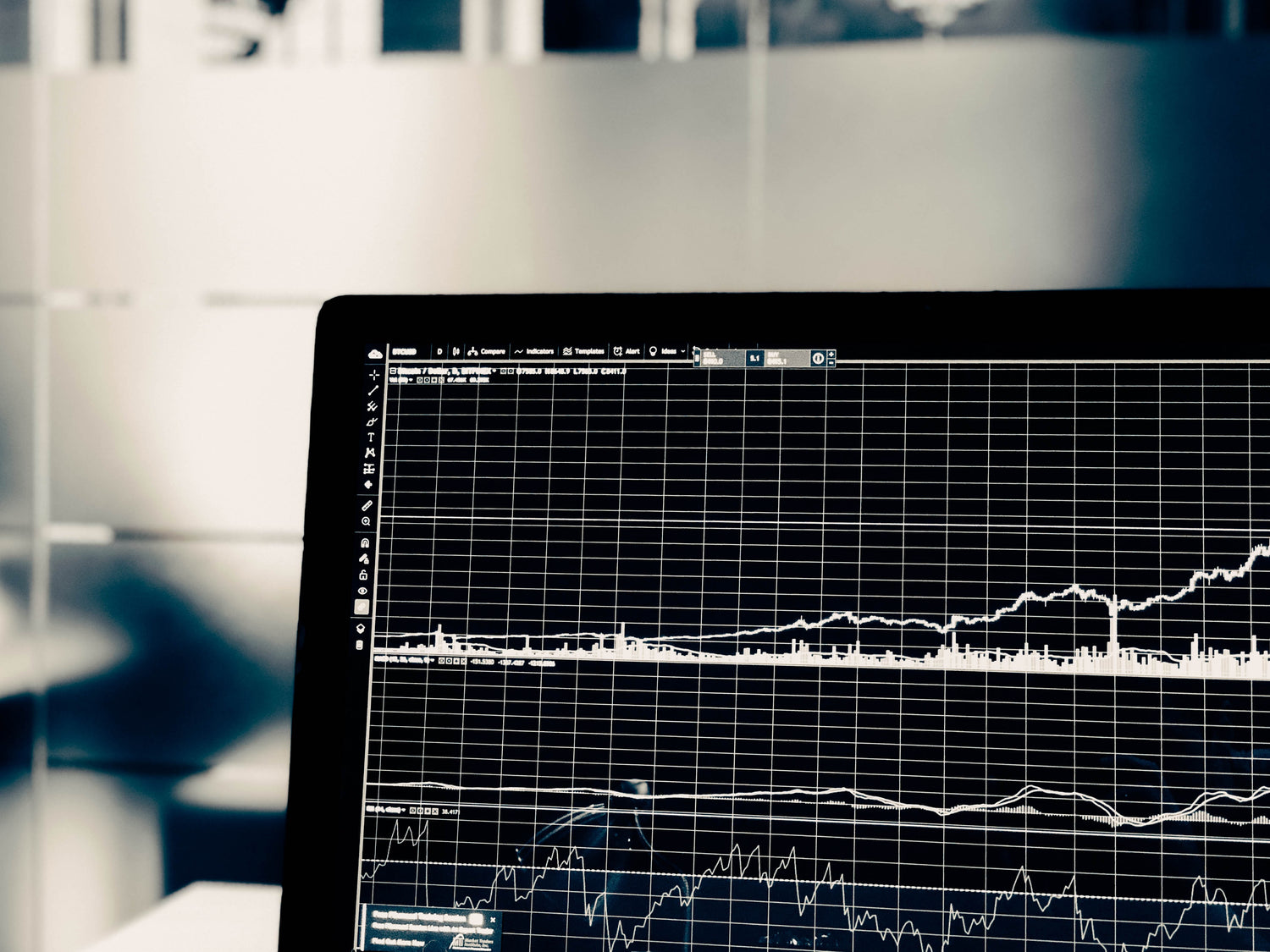There are two tenants of saving that are critical to your long term success that many people find unpalatable, but are ultimately critical for accumulating wealth. They are:
- Consistency - Savings takes consistent monthly discipline over years.
- Severity - A break in discipline for one month can undo many months of hard work depending on how far you stray from your plan.
If we put aside a households structural capacity to save, these challenges have presented, in my own journey, as the most difficult realities to work around. One of my theories for the aversion to saving culturally speaking is two increasing popular societal norms:
1. The immediacy with which we expect to be fulfilled - The mentality that time is money and years of execution seem far too daunting to undertake. Which in my opinion shows up as job hopping, over estimation of one's own time, and the growing need to have everything immediately.
2. The growing importance of fulfilling own "needs" - Today, and presumably inherent in our culture for decades, there is a strong link between spending money to fill or satisfy our "needs". The idea that we can buy happiness or more ubiquitously buy a break from our stressful lives. People do this in many ways with lavish vacations, food, or expensive designer goods. There is a prevailing mentality of "I deserve it" and increasingly Americans are justifying more and more spend.
Although these theories and concepts seem to point to an increasing behavioral crisis, the data requires some analysis. If we consider Personal Consumption Expenditures (PCE), Personal Income (PI), and Disposable Personal Income or After Tax Income (DSPI) from the U.S. Bureau of Economic Analysis we can derive a more complete story.

It is true that savings rates in the U.S. are materially lower than they were in the 60's and 70's before they began falling in the 80's. However, savings rates have been roughly improving since they reached their lowest point in 2005. So what is happening? There are three possible options assuming all else equal:
- Government tax rates are falling on average leading to higher disposable income and higher savings rates.
- The cost of goods purchased by U.S. Consumers is falling
- The average income for Americans is rising.
- The U.S. consumer has changed their behavior and is purchasing less of the same priced goods.
As the chart rules out, blended national tex rates are volatile but largely flat. To evaluate 2 & 3 we should consider the relationship between After Tax Income and Consumer Prices. If incomes exceed prices then we should see higher savings rates and vice versa.

If we split this post-2005 period into three phases; 2005-2012, 2012-2019, 2020+ (Pandemic), it seems that we we made material savings rate progress when prices growth exceeded income growth, savings stagnated as incomes grew, and then savings jumped as the country locked down during the pandemic. This contradictory behavior points to a behavioral variable which we can validate by measuring the difference in Growth Rate between Personal Consumer Expenditures (PCE) and the Cost of Individual Goods via the Consumer Price Index (CPI).

A growing gap between PCE and CPI indicates that U.S. Consumers are spending more than the rise in prices would indicate, meaning that consumers are spending more behaviorally. This lends material credibility to the original behavioral thesis. For many Americans, saving more is largely within their control and shouldn't be treated entirely as the consequence of external uncontrollable forces.
Having said this, let's not forget that the average can inspire the ignorant conclusion that all U.S. consumers are simply in need of behavioral change. While every household can likely benefit from increased financial responsibility, the grim reality of our economy is that for the lowest earners (Q1 - Bottom 20%, Q5 Top 20% of U.S. Tax Payers) there are more than likely structural blockers preventing their ability to save with the lowest income Americans routinely spending more than double their income over the last twenty year observation period.

As I have previously spoken to, the contents of these articles will continue to focus on and develop the behavioral and tactical actions that individuals can take to improve outcomes in their life. With discipline and sound data driven strategy we will aim to improve the lives of our reader base.
Thanks for reading if you liked what you read check out our Medium or continue reading the other articles on this site. As always feedback, questions, and content submissions are more than welcome at submissions@hioutputblog.com.
For more detail on the methodologies used to generate these figures please feel free to make a copy of the workbook.
Source: U.S. Bureau of Economic Analysis, Personal income [A065RC1A027NBEA], retrieved from FRED, Federal Reserve Bank of St. Louis; https://fred.stlouisfed.org/series/A065RC1A027NBEA, July 17, 2022.




Leave a comment
This site is protected by hCaptcha and the hCaptcha Privacy Policy and Terms of Service apply.